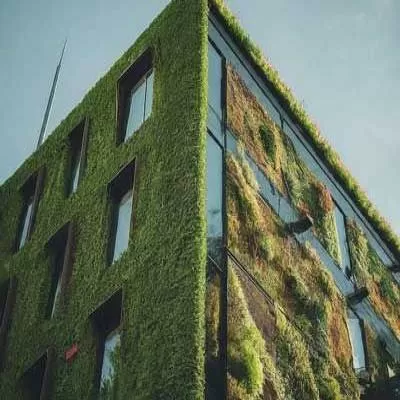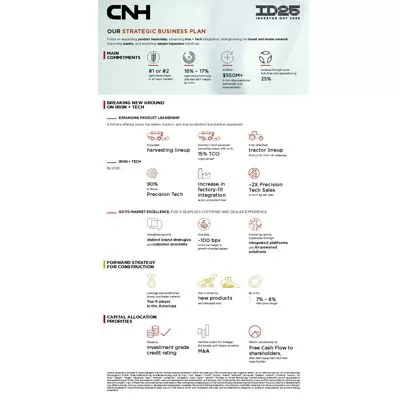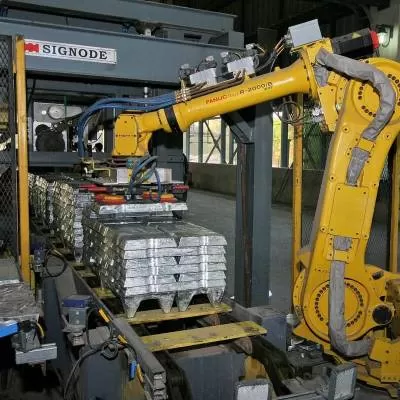Schedule a Call Back
Green-Certified Buildings Dominate India’s Office Market
 India’s real estate sector is undergoing a decisive shift toward sustainability, with green-certified buildings rapidly becoming the norm—especially in commercial office spaces. According to the latest CREDAI-Colliers report titled “Sustainability in Real Estate: Towards a Greener Skyline,” nearly 80–85% of future office leasing is expected to take place in green-certified buildings, driven by energy savings, higher rental yields, and growing climate consciousness.
India’s real estate sector is undergoing a decisive shift toward sustainability, with green-certified buildings rapidly becoming the norm—especially in commercial office spaces. According to the latest CREDAI-Colliers report titled “Sustainability in Real Estate: Towards a Greener Skyline,” nearly 80–85% of future office leasing is expected to take place in green-certified buildings, driven by energy savings, higher rental yields, and growing climate consciousness.
As of 2024, green building certifications across asset classes have soared to an impressive 13 billion sq ft, nearly doubling over five years. The momentum continues, with green-certified Grade A office stock expected to rise from 503 million sq ft to nearly 700 million sq ft in the next 2–3 years.
Cities Going Green Among top cities, Hyderabad leads in green stock penetration at 75%, closely followed by Bengaluru at 73%, which also holds the largest share of green-certified office stock at 158 million sq ft. Delhi NCR (66%), Chennai (63%), Pune (60%) and Mumbai (53%) trail behind but are showing strong adoption rates.
Leasing in green buildings now accounts for 74% of all Grade A office deals, reaching nearly 50 million sq ft in 2024. In cities like Delhi NCR and Chennai, green leasing constitutes over 80% and 74% of all new deals respectively.
The Premium Advantage Green-certified office buildings not only boast higher occupancy levels (80–90%) but also command rental premiums of up to 24%. Mumbai leads in rental premium (24%), followed by Chennai (16%) and Hyderabad (14%). This premium makes sustainability a strategic and profitable decision for developers and investors alike.
City | Rental Premium | Occupancy Level Mumbai | 24% | 91% Chennai | 16% | 85% Bengaluru | 9% | 85% Hyderabad | 14% | 80% Delhi NCR | 13% | 81% Pune | 4% | 88%
Green Investment Opportunities Beyond new construction, retrofitting older office buildings presents a Rs 42,500 crore (Rs 425 billion) investment opportunity. These older assets, typically over a decade old, account for 355–385 million sq ft and can be upgraded to meet modern green standards. Even newer stock (?10 years), spanning 80–110 million sq ft, offers low-capex green upgrade potential worth Rs 2,200–2,300 crore, yielding 3–4x return on investment through enhanced operational efficiency and cashflows.
Beyond Offices: Greening the Entire Real Estate Spectrum Sustainability is rapidly expanding beyond the office segment into residential, data centers, hospitality, healthcare, and retail. Over 2 million green-certified homes and 60+ certified townships already exist in India. Sustainable homes offer lower utility costs, better air quality, and 5–10% rental premiums.
Notably, data centers, one of the most energy-intensive asset classes, are witnessing significant transformation, with operators adopting renewables and efficient cooling systems as capacities scale past 3,500 MW in the next 3–5 years.
A Pivotal Shift “The real estate sector is at the forefront of India’s low-carbon transition,” said Shekhar G Patel, President, CREDAI, highlighting how green adoption is now a strategic imperative rather than an optional feature. The shift is supported by rising environmental awareness, ESG mandates, and government policies offering tax incentives and streamlined green certification processes.
“The time to act is now,” said Badal Yagnik, CEO, Colliers India, adding that green leasing surged 20% in 2024, with demand only set to rise. “Sustainability has moved from a differentiator to a baseline expectation.”
As India’s cities build skyward, they’re also going greener. The real estate sector’s rapid adoption of sustainable practices underscores a broader national transition—where economic growth and environmental responsibility are becoming two sides of the same coin.


Subscribe Now
Subscribe to our Newsletter & Stay updated
RECENT POSTS
Popular Tags
Folliow us
Related Stories
Hindustan Zinc Boosts Production and Safety with Emerging-Tech
Ahead of National Technology Day, Hindustan Zinc Limited, India’s only and the world's largest integrated zinc producer, reaffirmed its leaders...
Sources Unlimited Introduces Duo Boscolo’s Wireless Lamp
Sources Unlimited, India’s premier destination for luxury furniture and lighting, introduces the Duo Boscolo wireless Lamp crafted by acclaimed...
Viva launches 3D louvres for next-gen façade design
Viva, Asia’s largest manufacturer of aluminium composite panels (ACP), has introduced its advanced 3D louvres, offering a blend of architectural ...











